Connecting the power strip to the surge protector is a common practice as it extends the reach of protection against power spikes and surges.
However, beware of the load capacity of the power strip and surge protector and the wrong daisy-chaining to avoid mishaps.
You can plug a power strip into a surge protector. Ensure the latter is directly connected to the well-grounded wall, where both devices are heavy-duty, and avoid daisy-chaining multiple power strips.
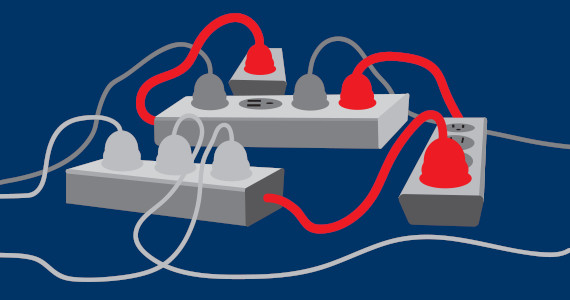
Moreover, it is safe to plug a power strip into a surge protector if it bears no load protection.
You risk damaging expensive devices connected to the power strip when done incorrectly.
Sounds confusing? Read on to figure out how to connect the power strip and surge protector with the least risk.
Table of Contents Show
Can you Plug a Power Strip into Surge Protector?
The short answer is yes! A power strip allows plugging multiple appliances into one.
On the other hand, a surge protector is a power strip that helps withstand sudden power surges to keep your devices safe.
It may be safe to daisy chain the power strip to a surge protector until there is no load protection in the power strip.
Otherwise, you will typically be daisy-chaining two surge protectors that may cause a massive mishap.
Power Strip vs. Surge Protector
Power strips and surge protectors are independent electrical outlets often interchangeably used as the same device.
The general lack of knowledge about each device’s use and limitations leads to misuse by unaware users, causing fire hazards and mishaps.
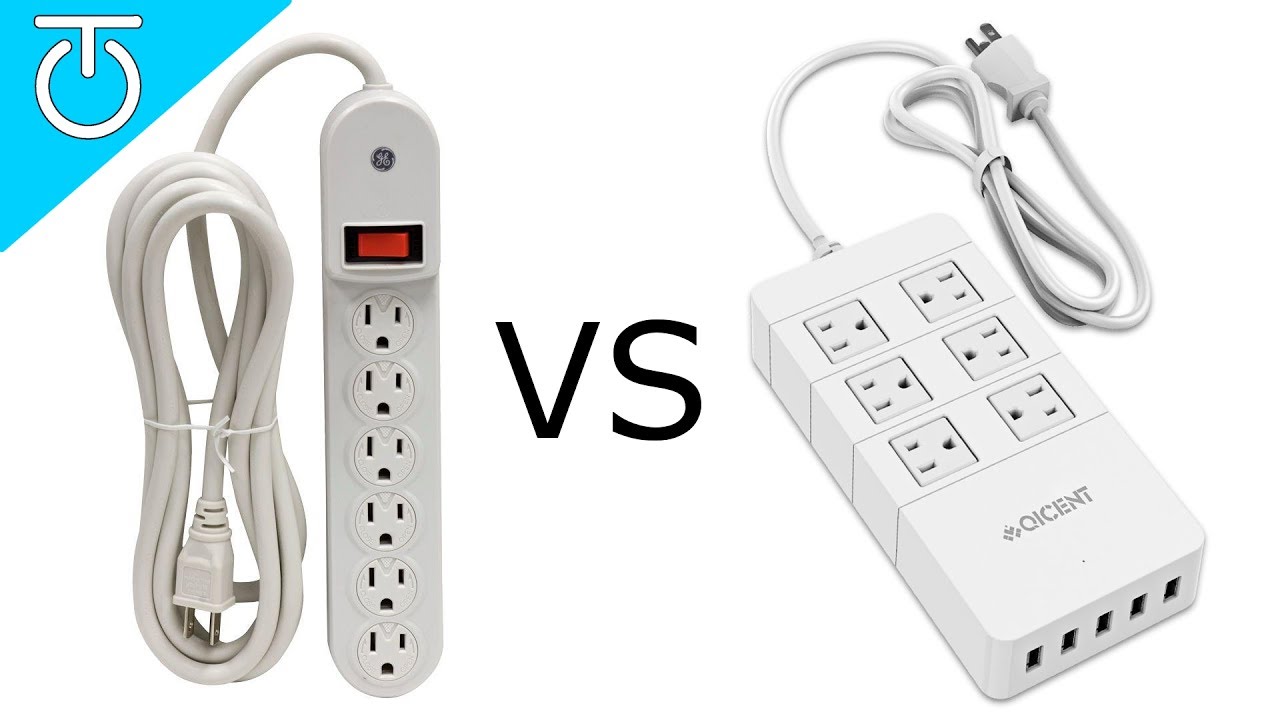
Here are the differences between a power strip and a surge protector.
| Power Strip | Surge Protector |
|---|---|
| 1. An electrical device with several outlets and a cord with a plug. | 1. An electrical device with several outlets, a cord with a plug, and a voltage spike protector. |
| 2. Generally, it is used to power multiple appliances by connecting them to single power cord. | 2. It serves a similar function to a power strip but with added safety and security of the appliances. |
| 3. It can only handle a certain amount of watts before failing. In a typical 120V home, a standard power strip can handle up to 1800 watts. | 3. It comes with a joule rating that indicates how much electricity it can absorb before failure. The higher the joules, the greater the protection. |
| 4. It usually comes with gauge rating for cord. The lesser the rating, the more resistant it is to heat. | 4. It also comes with a gauge rating in case you plug a heavy-powered appliance that leads to fire hazards. |
| 5. It offers no additional prootection and does not save your appliance from power surges. | 5. It is designed to contain the damage done by power surges, major and micro surges. |
| 6. It typically costs lesser than a surge protector. | 6. It would cost $5-$20 more than a powerstrip. |
| 7. You can daisy chain power strip to a surge protector until there is not load protection in the power strip. Similarly, the appliances plugged into power strip should not exceed the limit of the surge protector. | 7. Surge protector can be daisy chained to power strip only in temporary cases. Ensure not to plug heavy appliances as the power strip cord will quickly burn due to insurmountable power load. |
| 8. It is excellent if you are looking for something cheap and provides a single hub for multiple appliances. | 8. It is excellent if you are looking to protect your devices from sudden power surges. |
Is it Safe to Plug-in Power Strips into Surge Protectors?
Yes, it is safe to plug power strips into surge protectors, but it has complications.
It will yield better results if you use a surge protector with a built-in power strip and connect an external power strip.
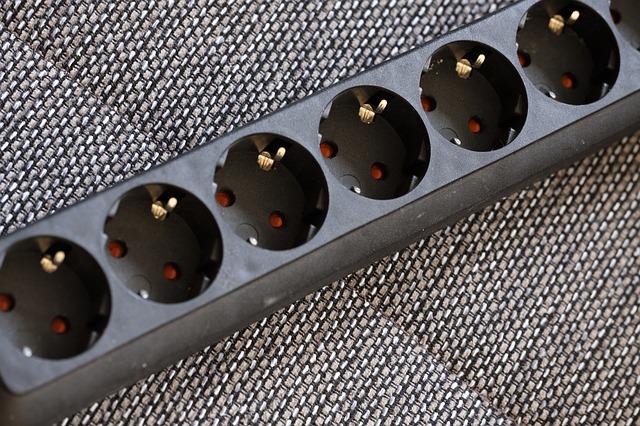
MOVs (Metal Oxide Varistors are typically made from a small disk-shaped metal zinc oxide material) are used in surge protectors to suppress and mitigate power surges by absorbing the excess electrical surges.
Even if a surge occurs, the MOVs short-circuit the terminals, preventing it from passing through the power strip to the appliances and negating the effect of power surges.
You are protected from surges without worrying about whether the power strip has enough capacity to handle them.
However, it may be unsafe to daisy-chain multiple power strips to the surge protector as it increases the likelihood of overloaded circuits and fire hazards.
EHS Fact Sheet points out that you should avoid using a power strip for longer than 90 days as the wiring is no longer temporary at this point.
OSHA (US regulations) forbids connecting one power strip to another as it is one of the primary causes of fires due to overload.
Although there are no laws, you should avoid daisy-chaining two or more power strips as basic common sense.
What Appliances to Connect to the Power Strip?
Remember whether the surge protector and the power strip can handle the load of multiple devices.
For instance, if the power strip has a 14-gauge cord, you should ensure the plugged-in appliances do not exceed this limit, as it can heat the cord significantly.
You need not worry about connecting regular appliances like table lamps, fans, computers, and laptops that use fewer amps (0.1-3 amps) to the power strip.
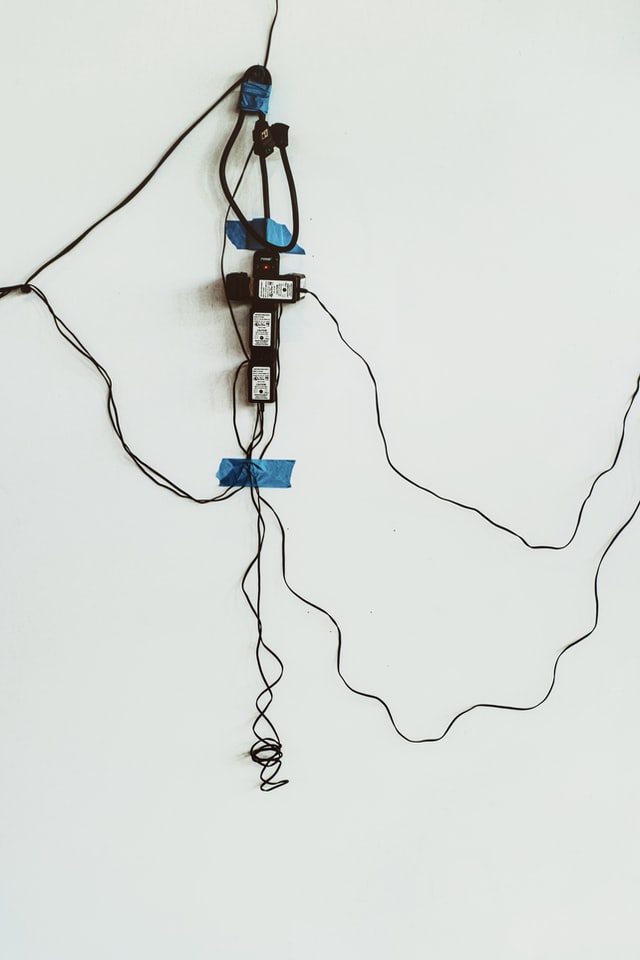
Avoid plugging heavy-duty appliances like the heater, microwave, vacuum cleaner, and washing machine into the power strip with a 14-gauge cord as it takes up significant amps.
For example, a 20-amp water heater and 9-amp vacuum cleaner will require a 10-gauge cord or less (the lesser, the more robust), which your power strip with a 14-gauge cord may fail to provide.
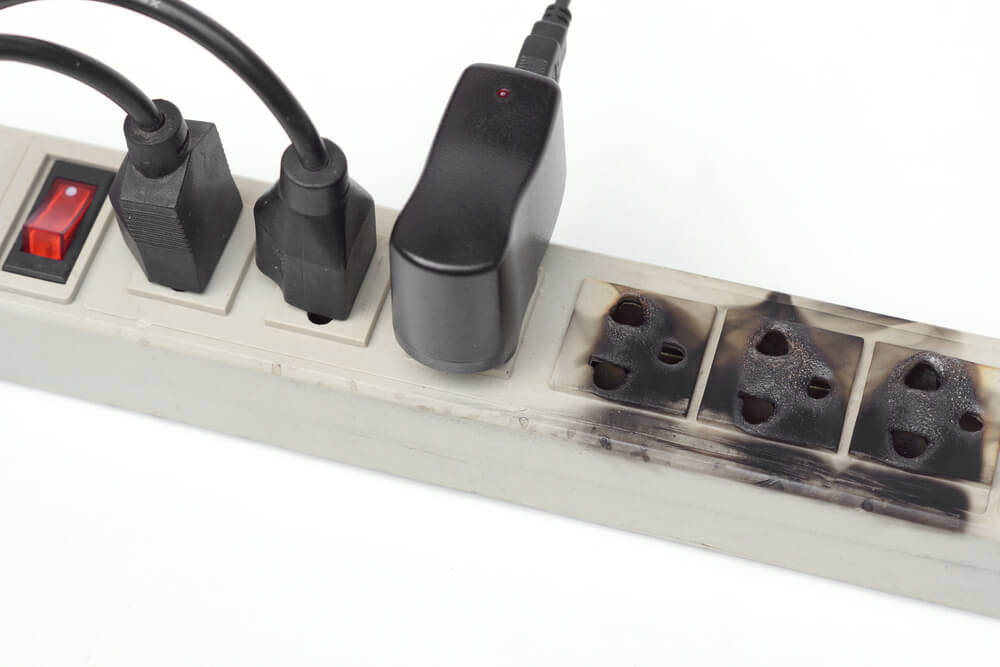
Even if you use one, care to use a ten gauge cord with a long strip, about 50 feet, to prevent a heated cable.
A Quora commenter states, “The part that matters is amps. We don’t want to use a light gauge wire for a gadget that pulls more amps than the wire can handle before it gets too hot.
Plugging heavy-duty appliances into the daisy-chained power strip would work fine until the latter is connected directly to the wall outlet. Moreover, ensure it has an appropriate wire gauge.
As reported by OSHA, a worker was badly electrocuted from a daisy-chained power strip to a high volt extension cord resulting in death from acute cardiac dysrhythmia.
Power strips and surge protectors are only approved for plugging a maximum of four or six devices.
Can you Use a Power Strip as a Surge Protector?
It is recommended not to use the power strip as the surge protector because it is not designed to provide protection.
A power strip is only a power outlet designed to offer convenience and protection from power overloads or surges.
Surge protectors are better for situations like this. Therefore, you should always avoid connecting high-capacity appliances to a power strip to prevent damage from surges.
Even if you do, a low-gauge power strip with a longer wire is recommended.
Power Strip Safety: Some Do’s and Don’ts
Lastly, here are some essential giveaways to safely ensure you use the electrical outlets.
- Do not plug appliances or devices into your power strip or surge protector that consumes much electricity.
- Avoid plugging space heaters and window AC units into daisy-chained power strips. Use a dedicated power strip with a 10-gauge cord.
- Consider the potential load of all the devices combined and better use heavy-gauge and heavy-duty power strips.
- Power strips for outdoor use are different from indoor used power strips. Check the packaging for information.
- Always keep the outlets elevated off the ground and away from excess moisture to avoid moisture penetration.
- Use a power strip when appliances you’re plugging into it are drawing very low voltage.
- Do not put one surge protector between two or more power strips, which may quickly lead to a short circuit.
- Choose products with UL standards (Underwriter’s Laboratories), an independent testing lab that tests products to ensure they meet specific criteria.
- Upgrade your surge protector if it has passed its shelf life. Surge protectors have a life cycle of approximately 3-5 years.
- When in doubt, hire a professional to recommend the power strip and surge protector with the correct gauge rating.
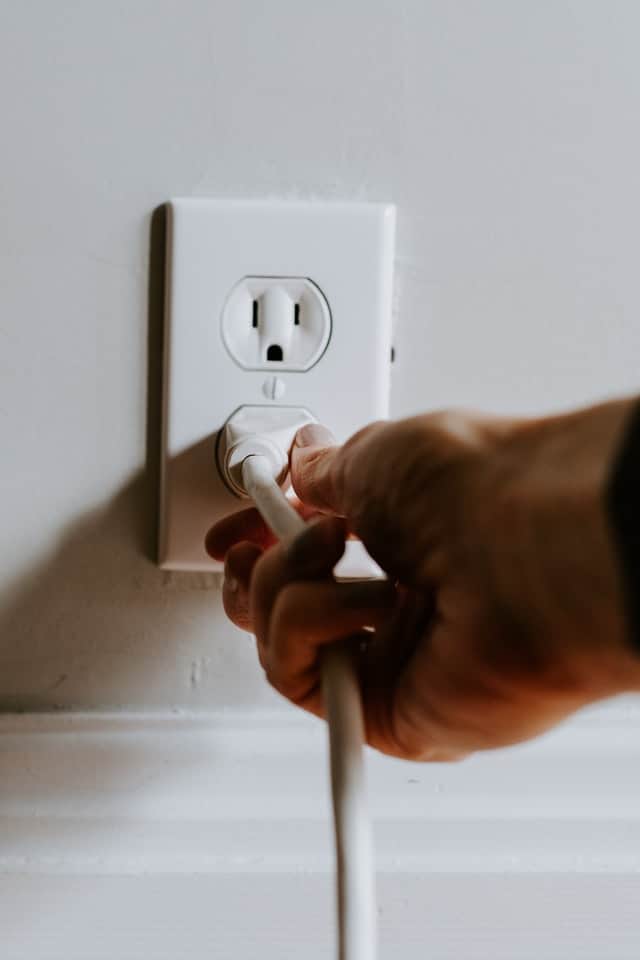
Final Verdict
Daisy-chaining power strips to a surge protector would usually work fine, but it is always best to take necessary precautions.
Follow this guide to daisy-chain two electrical outlets to avoid mishaps properly. A power strip alone can be used for soft and heavy appliances.
However, remember to choose one with a proper joule and gauge rating.
Related Article: Is It Safe to Daisy-Chain Surge Protector?


